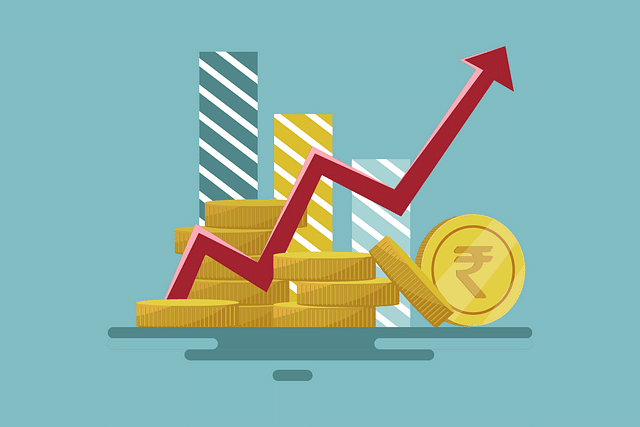News Brief
Key Highlights Of Finance Ministry's Report On 'Indian Economy' And Why Economic Survey Won't Be Released Today

Representative Survey
Finance Minister Nirmala Sitharaman is set to present the interim Union Budget 2024 on 1 February, with the significant Economic Survey not preceding it this year.
What is Economic Survey?
The Economic Survey, traditionally unveiled a day before the Union Budget, provides a comprehensive overview of the Indian economy's performance in the previous fiscal year and insights for the future.
The Economic Survey is presented by the Chief Economic Advisor (CEA) on the eve of the Budget presentation, giving a highlight on how the previous budget worked and providing insights on what could come next for the Indian economy.
Why There Will Be No Economic Survey On 31 January ?
This year, the absence of a full-fledged Budget session has led to the decision not to present the Economic Survey on 31 January.
Given that this is an interim budget and with the Lok Sabha elections scheduled for April-May, no major policy announcements or changes are expected on 1 February.
A complete budget and the Economic Survey are likely to be presented in July, following the election results and the formation of a new cabinet.
Instead of the Economic Survey, the Ministry of Finance released a report titled "Indian Economy – A Review" on 29 January.
The interim report ‘Indian Economy- A Review’ prepared by the Economic Affairs Department of the Finance Ministry underlined that India’s growth will outpace the global economy in the next fiscal year.
“Under a reasonable set of assumptions with respect to the inflation differentials and the exchange rate, India can aspire to become a $7-trillion economy in the next 6-7 years (by 2030),” the report said.
Key Points of Indian Economy – A Review :-
- India is poised to surpass a GDP growth rate of 7.2 per cent in FY24, outpacing the global economy’s struggle to achieve a growth rate exceeding 3 per cent.
- After the USA and the UK, India holds the position of the third-largest fintech economy globally.
- The PM Jan Dhan Yojana has contributed to a rise in the percentage of women holding bank accounts, increasing from 53 per cent in 2015-16 to 78.6 per cent in 2019-21.
- The Gross Enrolment Ratio (GER) for females in higher education has seen a fourfold increase, rising from 6.7 per cent in FY01 to 27.9 per cent in FY21.
- Public sector capital investment surged in the last 10 years, the financial sector is healthy, and non-food credit growth is strong, enabling the Indian economy grow at a brisk rate.
- Structural reforms implemented since 2014 have strengthened the macroeconomic fundamentals of the economy.
- Covid management, mature stimulus measures and the monumentally successful vaccination launched the return of the economy to a high-growth path.
- Unwavering commitment to ensuring steady economic growth is generating resources for investment needed for climate change adaptation, building resilience, and mitigating emissions.
Support Swarajya's 50 Ground Reports Project & Sponsor A Story
Every general election Swarajya does a 50 ground reports project.
Aimed only at serious readers and those who appreciate the nuances of political undercurrents, the project provides a sense of India's electoral landscape. As you know, these reports are produced after considerable investment of travel, time and effort on the ground.
This time too we've kicked off the project in style and have covered over 30 constituencies already. If you're someone who appreciates such work and have enjoyed our coverage please consider sponsoring a ground report for just Rs 2999 to Rs 19,999 - it goes a long way in helping us produce more quality reportage.
You can also back this project by becoming a subscriber for as little as Rs 999 - so do click on this links and choose a plan that suits you and back us.
Click below to contribute.
Latest